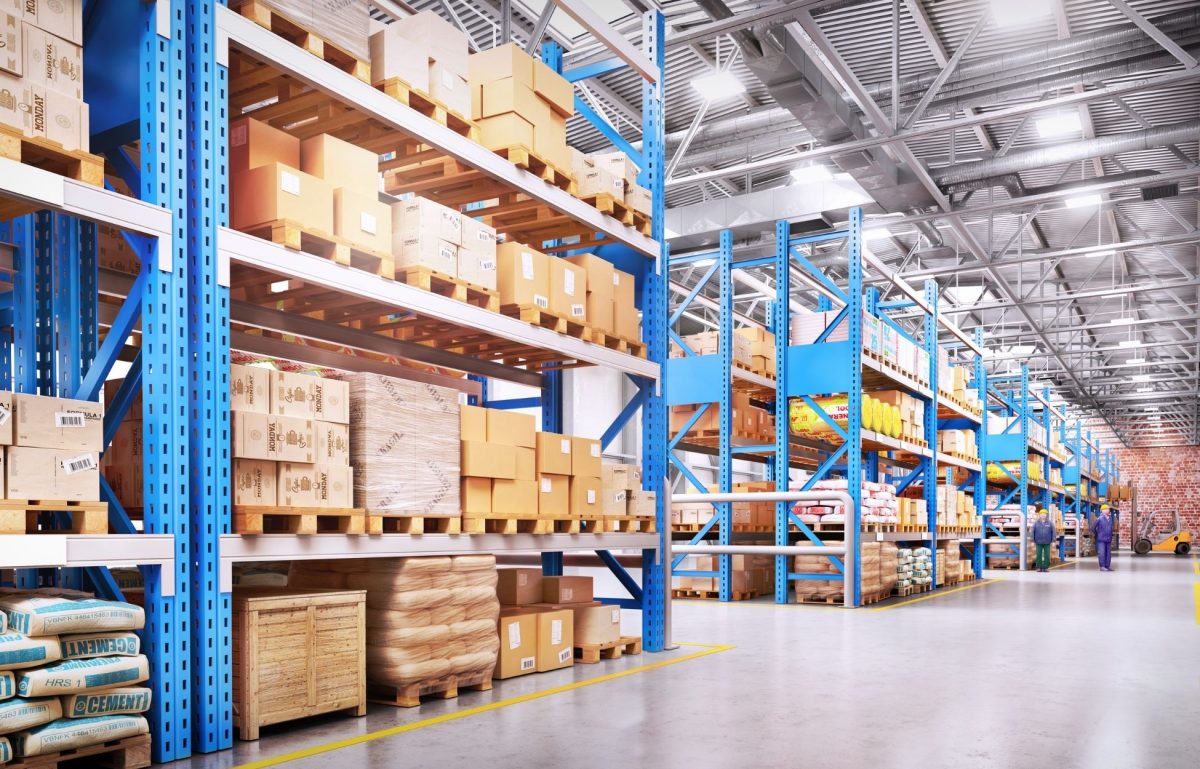Waste is harmful to the environment, but it’s also detrimental to the success of your warehouse. More waste means higher operating costs, and higher operating costs mean less profit. If your warehouse is overproducing waste and you’re struggling to pinpoint the reason why, learn about some common causes of waste overproduction and tips for reducing warehouse waste.
Reasons for Waste Overproduction
There are two main causes of waste overproduction in warehouses, both of which you can prevent. The first cause is outdated and inefficient machinery. If your machines aren’t working their hardest, you’re wasting time, money, and other valuable resources by continuing to operate them.
The second is stubbornness. Just because you’ve always done something a certain way doesn’t mean that way is the best and most profitable method. Changing your approach can make a huge difference in the way your warehouse functions.
How To Cut Down On Waste
Reducing warehouse waste will take commitment and perseverance, but by making a few simple changes, you can limit overproduction and set your warehouse back on track. Here are some tips for reducing warehouse waste.
Invest in New Machinery
Is your machinery old and worn down? It might be time to splurge on more efficient machines. New machines can be expensive. but in the long run, they’re a wise investment. You’ll see increased productivity, higher accuracy, and countless other benefits. Eventually, you’ll even turn a profit on these machines.
Cut Down On Unnecessary Processes
Take a minute to analyze your processes. Are there any extra steps you could eliminate? Are you using more materials than you need? Filling a box with hundreds of packing peanuts might seem like the right thing to do. The more cushioning inside the box, the less likely a product is to get damaged. But you could achieve the same effect with half the amount of Styrofoam.
Reducing the number of unnecessary steps in your processes will save your warehouse money and reduce waste. Plus, it’ll make things easier on your employees.
Use the Correct Materials
Have you ever stopped to wonder if you’re using the right materials? Let’s say you’re preparing a pallet load for shipment. You need to secure the load, so you grab the nearest roll of stretch wrap.
But did you know that there are multiple types of stretch wrap? Aside from that, the kind of film you need changes depending on what you’re wrapping. If you use the wrong kind or wrong amount of stretch wrap, you could end up using more wrap than necessary and leaving your loads vulnerable to freight damage in the process.
The same principle applies to most materials. If you use the wrong kind, expect negative consequences. To avoid any issues, always make sure to use the correct materials for your application.













